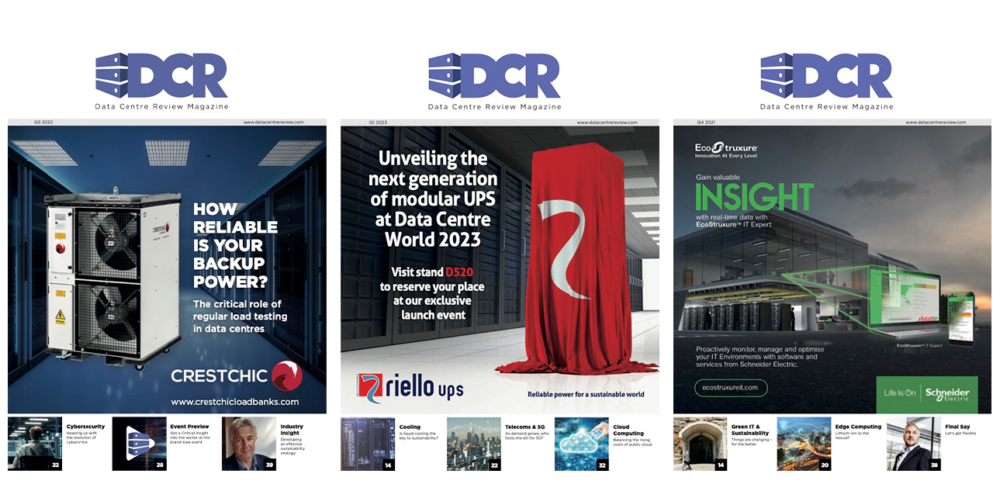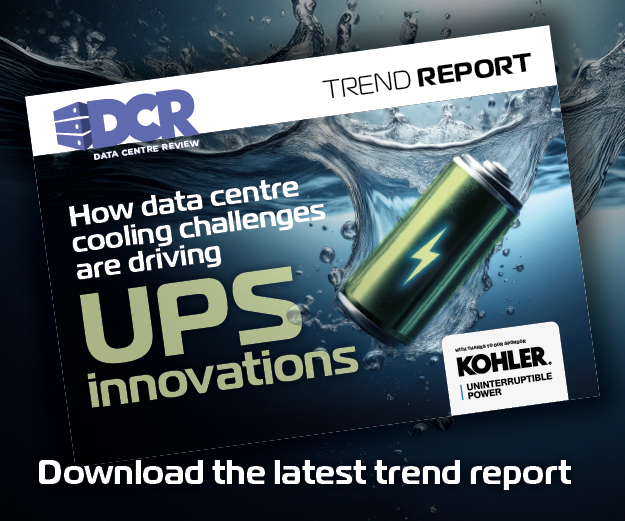Josh Santos, CEO and co-founder of Noya, believes that data centres can help the world meet its climate goals rather than undermine them – provided they embrace emerging solutions like direct air capture (DAC), as he explains.
The AI revolution is reshaping industries at a rapid pace, and its environmental impact is jeopardising Big Tech’s ability to meet its emissions targets. As data centres scramble to meet soaring computational demands, their ever-increasing energy consumption and resulting carbon emissions are threatening global climate goals such as the Paris Agreement’s aim to limit global warming to 1.5°C. Analysts project that AI-driven data centres could contribute 2.5 billion metric tons of carbon dioxide emissions by 2030 – around 40% of annual US emissions.
This comes as the carbon removal industry is growing, with tech companies and governments worldwide breaking ground on innovative projects to capture and store these harmful emissions. Direct air capture (DAC), in which carbon is extracted from anywhere in the atmosphere, is emerging as one of the most promising of these technologies. The CO2 captured by DAC can either be stored underground, beneath the ocean, or even repurposed into useful new resources, bringing potential cost and efficiency benefits to partners.
With AI poised to increase emissions drastically, a practical solution needs to be found to turn data centres into climate allies – but for data centres looking to scale rapidly, DAC might be considered a costly, inefficient investment. If we want AI innovation to continue at pace, and also want data centres to stop fueling the climate crisis, there is a real opportunity for data centre operators and DAC suppliers to become partners.
The cost of the AI boom
AI’s insatiable appetite for energy is staggering, and is only going in one direction. Training a single large language model emits as much carbon dioxide as hundreds of US households annually, and the growth in AI infrastructure has seen data centre emissions triple since 2018. Landmark projects like Stargate in the US, France’s new €100B data centre plan, and the UK’s AI Opportunities Action Plan show there is no slowing down soon.
While the need to reduce emissions is clear, data centre operators are unlikely to prioritise sustainability as they remain laser-focused on scaling as rapidly and as cost-effectively as possible. Traditional carbon offset schemes are hard to verify and are unable to tackle the immediate emissions that data centres create.
In addition to finding ways to emit less, it is clear that – as data centres scale rapidly – on-site facilities are needed to capture and remove these emissions. How can we make sure these solutions don’t hinder our AI progress, and are able to scale alongside data centres themselves?
Could DAC help data centres meet climate promises?
A solution is to integrate direct air capture (DAC) directly into data centre facilities, to remove and store harmful emissions and create tangible operational benefits at the same time.
By installing DAC that can scale alongside data centres, operators can not only reduce emissions, but side-step the cost and energy-efficiency challenges that are associated with certain alternative carbon removal projects. Modular DAC designs – facilities designed to be as compact and easily-replicated as possible – are one way to achieve construction at scale.
Going further, there are tangible benefits to on-site DAC operations that cannot be matched by carbon offset schemes. Integrated DAC wouldn’t just remove carbon from the atmosphere, it can also be a source of energy-efficiency in itself for data centres.
Data centres generate a vast amount of heat, which is often expelled unused. There is a clear opportunity here for DAC systems to repurpose this thermal energy to power carbon capture, slashing operational costs for data centres in the process, allowing them to scale faster. Meta and Alphabet’s X Development have already caught onto this possibility, and are now piloting DAC prototypes using waste heat from data centres
While data centres’ huge demand for water used for their cooling systems is becoming a concern, it is also possible for sophisticated DAC systems to produce clean water as a byproduct of carbon removal. A symbiotic data centre/DAC relationship would see this water supplied back to a data centre for cooling purposes, further reducing operational cost and wasted resources.
In addition to heat and water, on-site DAC can consume power flexibly and intermittently, depending on the need of the data center – allowing it to take on energy when it isn’t needed, and supply it back to the data centre operators at preferable prices. This in turn helps data centres to prioritise compute tasks during peak demand, and makes DAC technology itself significantly more cost-effective to operate.
This mutually-beneficial relationship – in which data centres provide space for DAC; DAC removes emissions for data centres; and both parties provide power and energy for one another – can help these two vital technologies to scale alongside each other.
Partnership between data centres and carbon removal is the path forward
There is an urgent need for data centres to reduce the amount of carbon they emit. At the same time, while the need for AI training infrastructure increases, it’s also crucial to address the emissions that data centres are creating, and find a way to prevent them from fuelling the climate crisis.
DAC is the most direct way of doing this. A change of perspective may be needed, but in the coming years it will become clear that the best way to help both AI and carbon removal technology to scale is for DAC providers and data centre operators to form partnerships now. By co-locating DAC units and data centres, data centre operators can reduce cooling expenses, access new revenue streams, and future-proof against carbon regulations.
These partnerships would end the perception that we need to choose between sustainability and technological progress in the AI era. DAC that gives back to data centres is not a burden – it’s a competitive edge.



